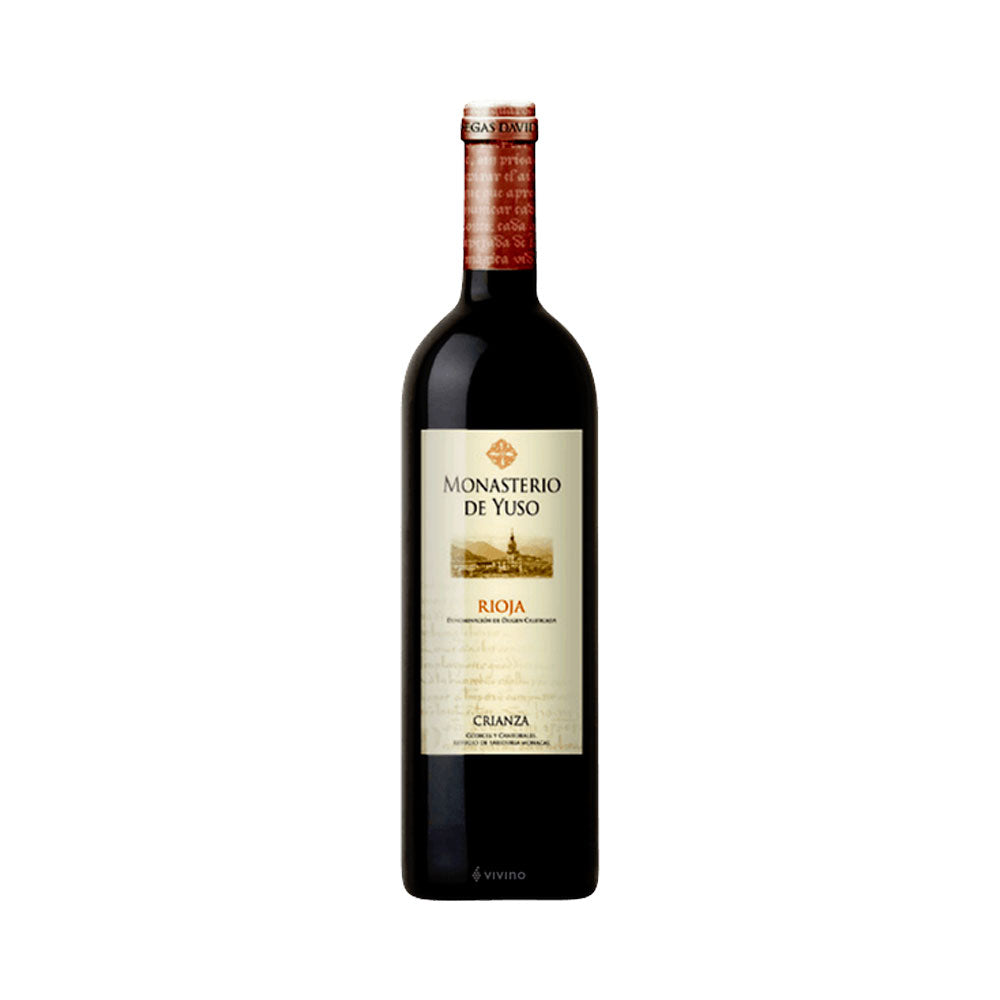The Rioja region is certainly among the most famous wine areas in Spain, known primarily for its red wines, but not exclusively. In Spain, the wines produced are imposing, rich, and complex, mainly based on Tempranillo, Garnacha, and Graciano grapes. Historically, Spanish producers have favored wood aging to obtain full-bodied and round wines, although there's a growing taste for wines that are more straightforward, capable of best highlighting the characteristics of the grape variety.
Viticulture in Rioja dates back to Roman times, and the climate is particularly favorable for producing high-quality products: the wines of this region are among the few in Spain, along with those from Catalonia, that boast the Denominación de Origen Calificada (DOCa), the highest level of the national quality system.
The Rioja region features a continental climate, with cold winters and very hot, dry summers. The variety of soils (predominantly limestone and clay) contributes to complexity and diversifies production across different subzones.
Vine cultivation is based on the "espalier" training system, with the branches lying on a flat wall, allowing the plants to receive the maximum amount of sunlight and water and to grow in a balanced way. Wine production follows a rigorous quality process, including grape selection, vinification, aging in oak barrels, and bottle aging.
The most famous red wines of Rioja are made from Tempranillo grapes and are aged in wood for rather long periods, giving the wines great intensity of tertiary aromas, complex, and with the typical "earthy" scent. White wines are also often subjected to long periods of wood aging, followed by substantial bottle aging for the most prestigious designations. This traditional practice, although very representative of Rioja's winemaking style, is gradually giving way to more contemporary vinification styles to obtain fresher and fruitier wines.
Rioja is one of the most important wine districts in Spain, located in the north of the country, about 100 km from the Atlantic coast, and extends along the course of the Ebro River. The wine-growing area consists of a plateau at about 450 meters above sea level and is divided into three subzones, Rioja Alavesa, Rioja Alta, and Rioja Baja, with the first two being of particular interest due to the quantity of vineyard hectares.
The most important black grape varieties are Tempranillo, Garnacha, Mazuelo, and Graciano. The most important white grape varieties are Viura (Macabeo), Malvasia, and Garnacha Blanca.



















